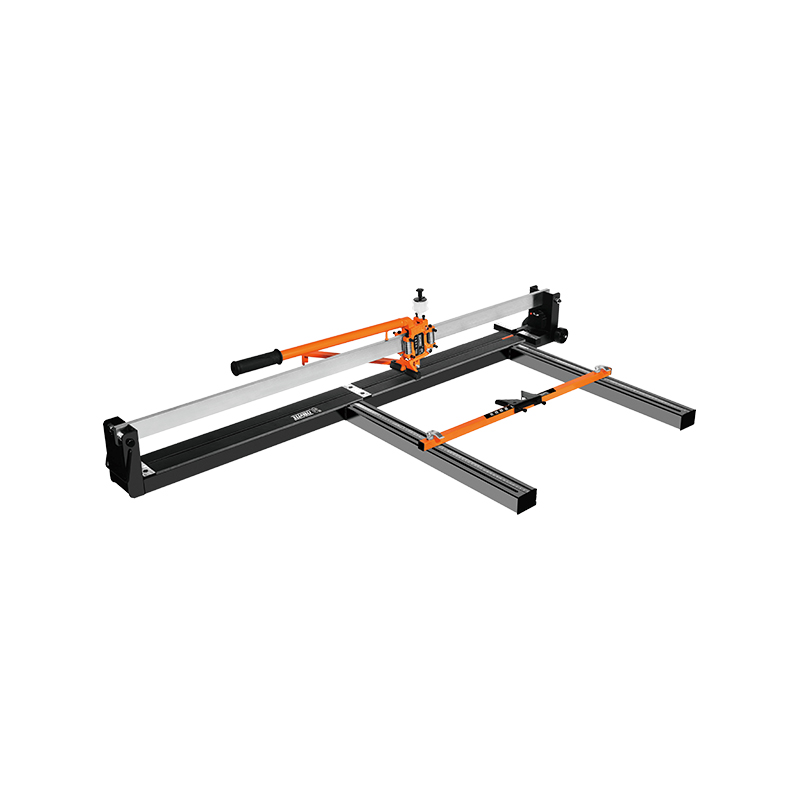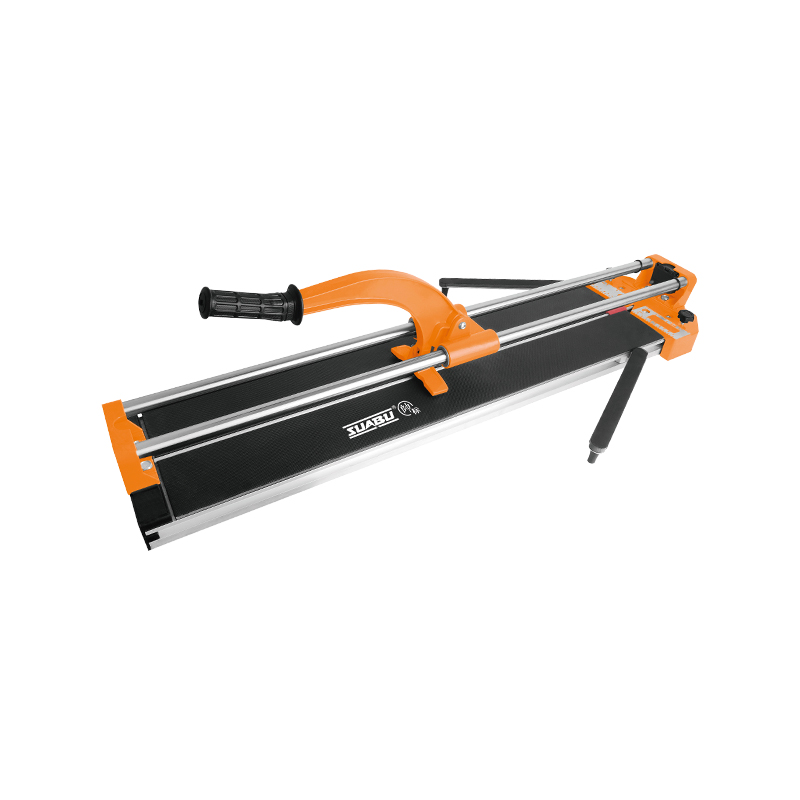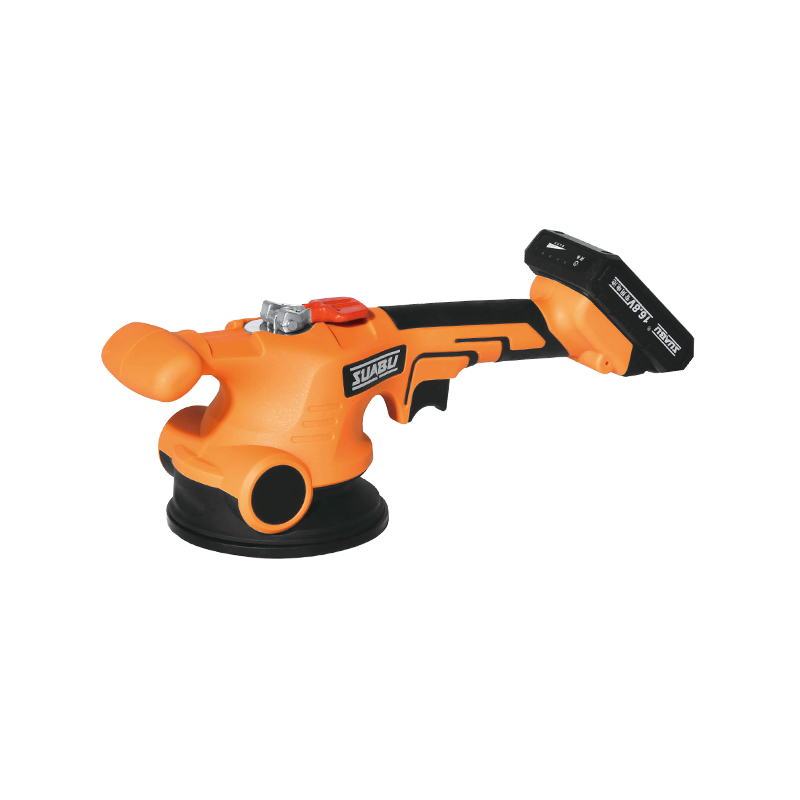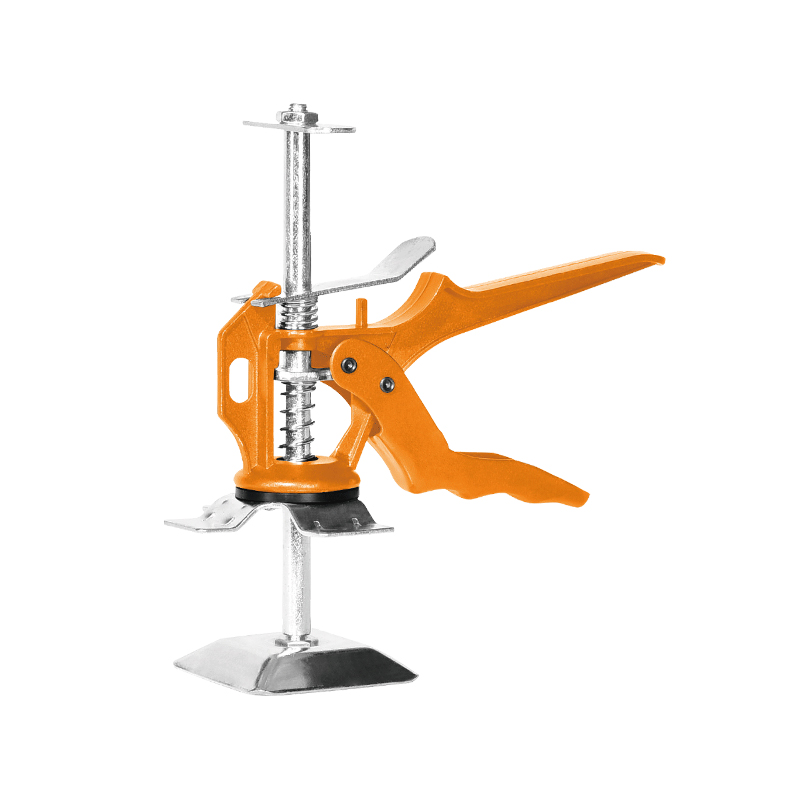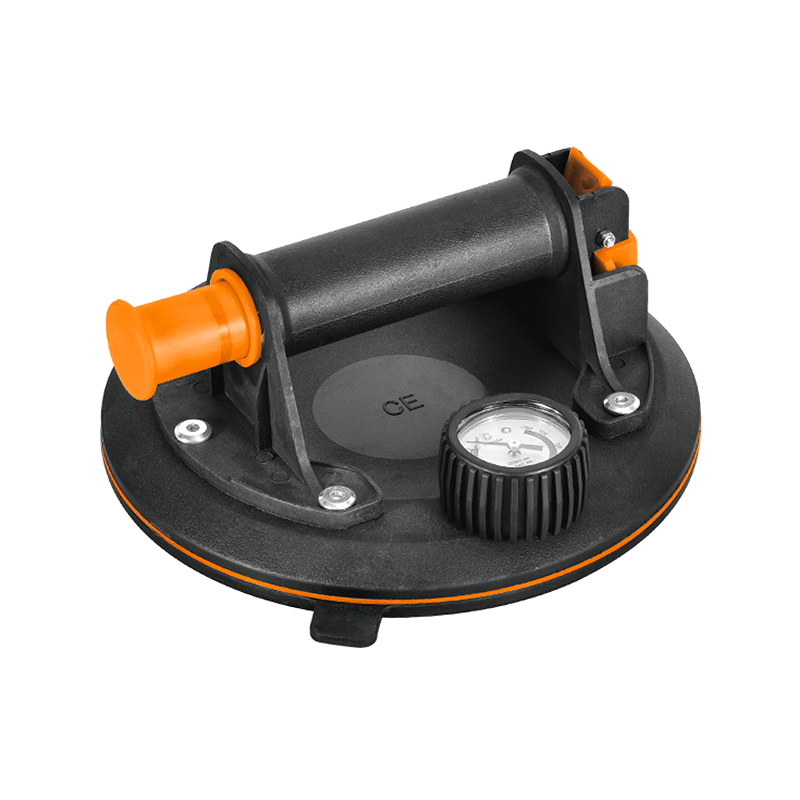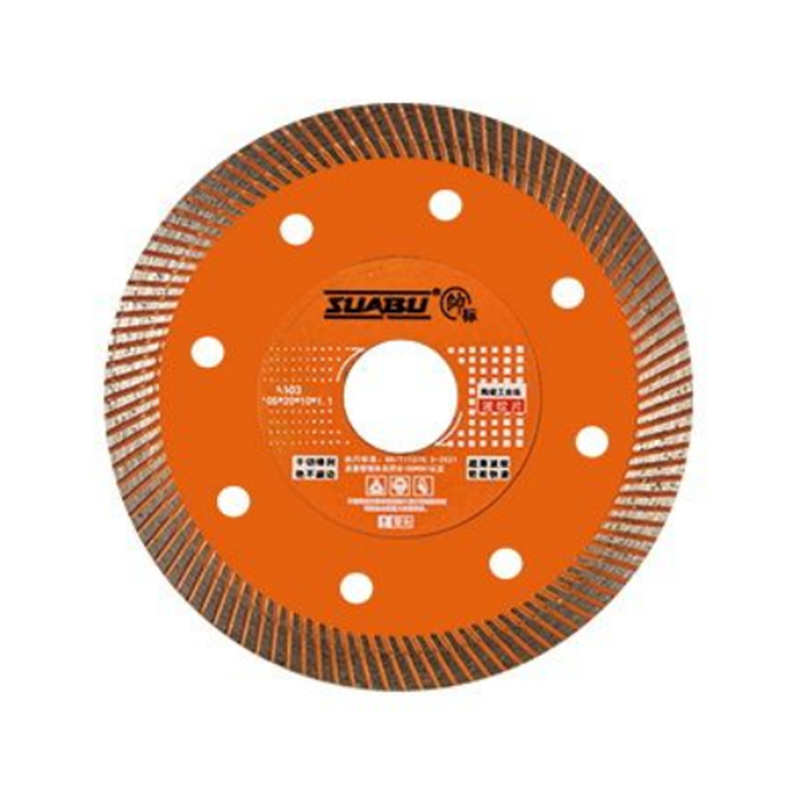Enhancing Tile Installation With The Right Tools
2024-06-14
Tile installation tools are an intricate process that requires precision, skill, and the right tools. When it comes to porcelain floor tiles, the need for specialized equipment is paramount due to the material's density and hardness. Among the essential tools for this task is the porcelain floor tile cutter, a device that can significantly streamline the installation process and ensure a professional finish.
Understanding Porcelain Floor Tile Cutters
Porcelain tiles are known for their durability and aesthetic appeal, making them a popular choice for flooring. However, their toughness can pose a challenge during installation. A porcelain floor tile cutter is specifically designed to handle the robust nature of these tiles, providing clean, precise cuts without damaging the material. These cutters come in various types, each suited to different aspects of tile cutting.
Manual tile cutters are a common choice for porcelain tiles. They operate with a straightforward mechanism: a tungsten carbide scoring wheel scores the tile, and then a breaker bar applies pressure to snap the tile along the scored line. This method is particularly effective for straight cuts. Manual cutters are favored for their simplicity and portability, making them a practical option for many tiling projects.
For more complex cuts, such as diagonal or curved shapes, a wet saw is often employed. Wet saws use a diamond blade and water to cool the cutting surface, reducing friction and preventing the tile from cracking. This type of cutter is essential for achieving intricate cuts and ensuring a smooth finish on the edges of the tiles. While wet saws can be more cumbersome and require a water source, their ability to handle detailed work makes them invaluable in certain scenarios.
Complementary Tools for Tile Installation
In addition to a tile cutter, several other tools are indispensable for a successful tile installation. A notched trowel, for instance, is crucial for applying adhesive evenly. The notches in the trowel help create a uniform layer of adhesive, which is essential for securing the tiles to the floor. The size of the notches should be chosen based on the size of the tiles; larger tiles typically require larger notches to ensure adequate adhesion.
Tile spacers are another vital tool. They help maintain consistent spacing between tiles, ensuring uniform grout lines and a professional appearance. Spacers come in various sizes, allowing installers to choose the appropriate width for the grout lines based on the design specifications.
A tile leveler is also important, particularly when working with larger tiles. This tool helps to ensure that each tile is level with its neighbors, preventing uneven surfaces that can affect the overall look and functionality of the floor. Tile leveling systems often include wedges and clips that hold the tiles in place while the adhesive sets, ensuring a flat surface.
Grout floats and sponges are necessary for the finishing stages of tile installation. After the tiles have been set and the adhesive has cured, grout is applied to fill the gaps between the tiles. A grout float is used to spread the grout evenly, while a sponge is used to clean the excess grout off the surface of the tiles, leaving a smooth finish.
The Importance of Precision and Patience
Installing porcelain floor tiles requires more than just the right tools; it demands precision and patience. The cutting process must be executed with care to avoid damaging the tiles. When using a manual tile cutter, it's essential to apply even pressure to score the tile correctly. Rushing this step can result in uneven cuts or broken tiles, professional waste, and additional costs.
Similarly, when using a wet saw, proper technique is crucial. The tile should be fed slowly and steadily into the blade to avoid chipping and ensure a clean cut. The water supply must be adequate to keep the blade cool and reduce dust, which can pose a health hazard.
Attention to detail extends beyond cutting the tiles. Ensuring that the adhesive is applied evenly, the tiles are correctly spaced, and the surface is level are all critical steps that contribute to the overall success of the installation.
The installation of porcelain floor tiles is a meticulous process that benefits greatly from the use of specialized tools. A porcelain floor tile cutter, whether manual or powered, is essential for achieving precise cuts and a professional finish. Complementary tools such as notched trowels, tile spacers, levelers, grout floats, and sponges further enhance the quality of the installation. While the process requires precision and patience, the result is a durable and aesthetically pleasing floor that can withstand the test of time. By investing in the right tools and employing careful techniques, tile installers can achieve ideal results and transform any space with beautiful porcelain tiles.

